Home>Others>Specialized Home Improvement Topics>What Should A Dehumidifier Be Set At In A Crawl Space
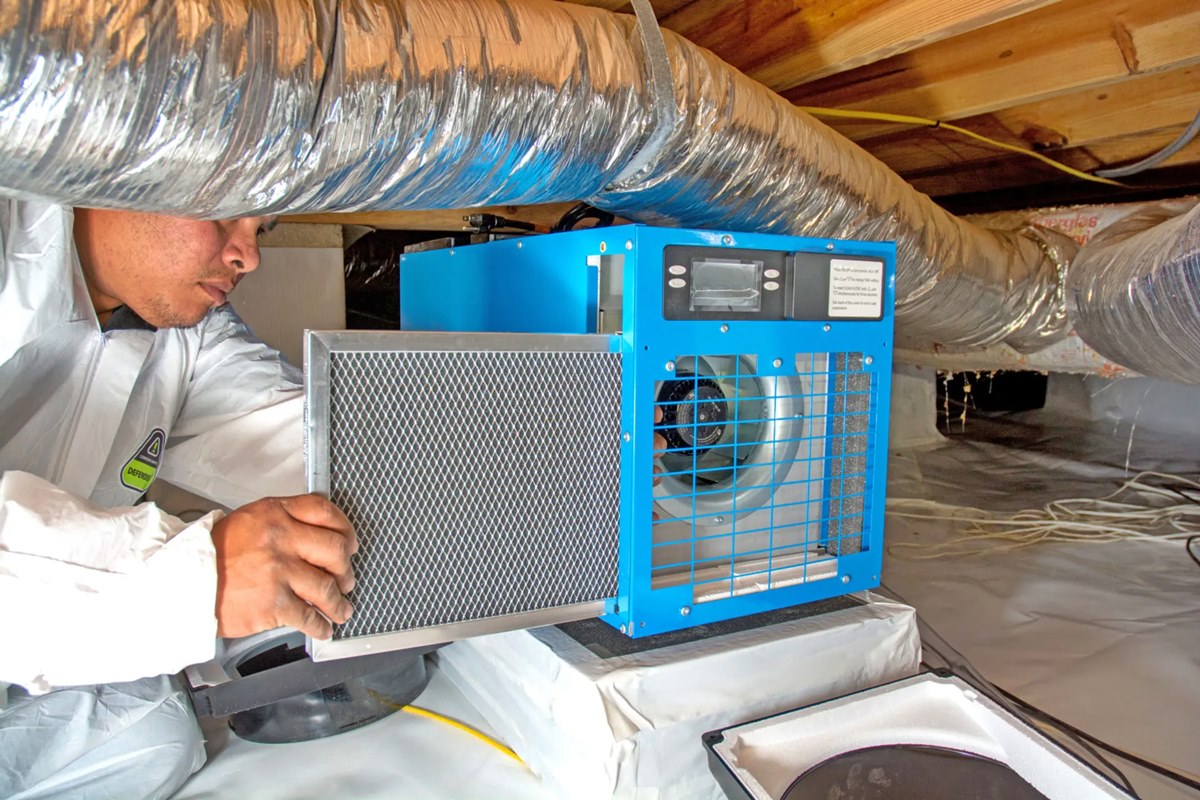

Specialized Home Improvement Topics
What Should A Dehumidifier Be Set At In A Crawl Space
Modified: February 18, 2024
Learn the ideal settings for a dehumidifier in a crawl space to prevent moisture issues. Expert advice on specialized home improvement topics.
(Many of the links in this article redirect to a specific reviewed product. Your purchase of these products through affiliate links helps to generate commission for Storables.com, at no extra cost. Learn more)
Introduction
When it comes to maintaining a healthy and functional home, the often overlooked crawl space plays a crucial role. This unassuming area beneath your home serves as a foundation for the entire structure, making it essential to keep it in optimal condition. One of the key factors in ensuring the well-being of your crawl space is controlling its humidity levels, and a dehumidifier is a vital tool in achieving this.
In this comprehensive guide, we will delve into the importance of dehumidifiers in crawl spaces and explore the factors to consider when setting the ideal humidity level. Additionally, we will provide valuable tips for effectively setting a dehumidifier in a crawl space to promote a healthy environment and protect your home from potential damage.
Understanding the significance of maintaining proper humidity levels in your crawl space and knowing how to utilize a dehumidifier effectively can contribute to the overall well-being of your home. Let's embark on this journey to uncover the best practices for optimizing the humidity levels in your crawl space, ensuring a healthier and more resilient living environment for you and your loved ones.
Key Takeaways:
- Maintaining a crawl space’s humidity at 50% to 60% with a dehumidifier prevents mold, protects the home’s structure, and promotes energy efficiency, creating a healthier living environment.
- Factors like crawl space size, moisture levels, and air circulation should be considered when setting up a dehumidifier, ensuring effective humidity control and long-term property preservation.
Importance of Dehumidifiers in Crawl Spaces
Crawl spaces are often susceptible to high humidity levels due to their enclosed nature and proximity to the ground. This excess moisture can lead to a myriad of issues, making the installation of a dehumidifier a crucial aspect of crawl space maintenance.
First and foremost, high humidity levels in crawl spaces can create an ideal environment for mold and mildew growth. These unsightly and potentially harmful substances thrive in damp conditions, posing a significant threat to indoor air quality and potentially triggering respiratory issues for inhabitants. By utilizing a dehumidifier, you can effectively mitigate the risk of mold and mildew proliferation, thereby safeguarding the health of your household.
Moreover, excessive moisture in crawl spaces can lead to structural damage within the home. Prolonged exposure to high humidity levels can compromise wooden support beams and floor joists, leading to rot and decay. This not only jeopardizes the structural integrity of the property but also necessitates costly repairs. By maintaining optimal humidity levels through the use of a dehumidifier, you can prevent such structural deterioration, thereby prolonging the lifespan of your home.
In addition to protecting the structural integrity of the property, dehumidifiers play a pivotal role in preserving the overall condition of the crawl space. Excessive moisture can result in musty odors, corrosion of metal components, and damage to insulation materials. These issues not only diminish the air quality within the home but also create an inhospitable environment for stored items in the crawl space. Implementing a dehumidifier helps to mitigate these concerns, ensuring that the crawl space remains dry, odor-free, and conducive to storage.
Furthermore, controlling humidity levels in the crawl space can have a positive impact on energy efficiency. Excessive moisture can lead to the proliferation of pests such as termites and cockroaches, which can compromise the insulation and increase the energy consumption of the home. By utilizing a dehumidifier to maintain optimal humidity levels, you can deter pests and contribute to a more energy-efficient living environment.
In essence, the installation of a dehumidifier in a crawl space is paramount for preserving indoor air quality, protecting the structural integrity of the home, maintaining the condition of the crawl space, and promoting energy efficiency. By recognizing the importance of dehumidifiers in crawl spaces and implementing effective humidity control measures, homeowners can ensure a healthier and more resilient living environment.
Factors to Consider When Setting a Dehumidifier in a Crawl Space
When it comes to setting up a dehumidifier in a crawl space, several crucial factors should be taken into account to ensure optimal performance and efficiency. Understanding these factors is essential for effectively controlling humidity levels and mitigating potential issues within the crawl space.
-
Crawl Space Size: The dimensions of the crawl space play a significant role in determining the appropriate dehumidifier capacity. Larger crawl spaces require dehumidifiers with higher moisture removal capabilities, while smaller spaces can be adequately serviced by compact units. Assessing the size of the crawl space is essential for selecting a dehumidifier that can effectively manage the moisture levels within the given area.
-
Moisture Levels: Prior to setting up a dehumidifier, it is crucial to evaluate the existing moisture levels within the crawl space. This can be achieved through the use of a hygrometer, which measures relative humidity. Understanding the current moisture levels enables homeowners to set the dehumidifier to operate at an appropriate humidity threshold, effectively addressing the specific moisture conditions within the crawl space.
-
Drainage Options: Proper drainage is essential for the efficient operation of a dehumidifier. When setting up the unit, it is important to consider the availability of drainage options within the crawl space. Some dehumidifiers feature built-in pumps for continuous drainage, while others may require manual emptying of the collection reservoir. Assessing the drainage options and implementing a suitable solution is vital for seamless moisture removal.
-
Air Circulation: Adequate air circulation within the crawl space is crucial for the effective operation of the dehumidifier. Ensuring proper ventilation and airflow can enhance the dehumidifier's performance by facilitating the distribution of dry air and the extraction of moisture. Additionally, optimizing air circulation can contribute to the prevention of stagnant, humid pockets within the crawl space.
-
Temperature Considerations: The temperature of the crawl space can impact the efficiency of the dehumidifier. While most modern units are designed to operate within a wide temperature range, extreme conditions can affect their performance. It is important to consider the ambient temperature of the crawl space and select a dehumidifier that is suitable for the prevailing climate conditions.
By carefully considering these factors when setting up a dehumidifier in a crawl space, homeowners can ensure that the unit operates effectively, efficiently, and in alignment with the specific requirements of the space. This proactive approach to dehumidifier setup can contribute to the maintenance of optimal humidity levels and the preservation of the crawl space environment.
Set the dehumidifier in a crawl space to maintain a humidity level between 50-60% to prevent mold and mildew growth. Adjust as needed based on the specific conditions in the space.
Ideal Humidity Level for a Crawl Space
Maintaining the ideal humidity level in a crawl space is paramount for preserving the structural integrity of the home and ensuring a healthy living environment. The recommended humidity level for a crawl space typically falls within the range of 50% to 60%. This range strikes a balance between preventing excess moisture that can lead to mold growth and structural damage, and avoiding excessively dry conditions that may cause issues such as wood shrinkage and cracking.
A humidity level of 50% to 60% is considered optimal for several reasons. Firstly, it inhibits the proliferation of mold and mildew, which thrive in damp environments. By keeping the humidity within this range, homeowners can effectively mitigate the risk of mold growth, safeguarding indoor air quality and preventing potential health issues associated with mold exposure.
Furthermore, maintaining the crawl space within the recommended humidity range helps to preserve the structural components of the home. Excessive moisture can lead to wood rot, decay, and corrosion of metal elements, compromising the stability and longevity of the property. By adhering to the ideal humidity level, homeowners can prevent these detrimental effects, ensuring that the structural integrity of the home remains intact.
In addition to protecting the home's structure, maintaining optimal humidity levels in the crawl space contributes to energy efficiency. When the humidity is within the recommended range, it helps to deter pests such as termites and cockroaches, which thrive in moist environments. By controlling the humidity, homeowners can minimize the risk of pest infestations, thereby preserving the insulation and reducing the energy consumption of the home.
It's important to note that the ideal humidity level may vary slightly based on regional climate conditions and the specific characteristics of the crawl space. Factors such as local climate, ventilation, and the presence of plumbing or drainage issues can influence the optimal humidity range. Therefore, it's advisable for homeowners to monitor the humidity levels regularly and adjust the dehumidifier settings as needed to maintain the recommended range.
By striving to maintain a humidity level of 50% to 60% in the crawl space, homeowners can effectively mitigate the risk of mold growth, protect the structural integrity of the home, and contribute to a more energy-efficient living environment. This proactive approach to humidity control ensures a healthier and more resilient living environment for occupants while safeguarding the long-term condition of the property.
Tips for Setting a Dehumidifier in a Crawl Space
-
Proper Placement: Position the dehumidifier in a central location within the crawl space to ensure optimal air circulation and moisture removal. Placing the unit away from obstructions and near areas prone to moisture accumulation, such as plumbing fixtures or vents, can enhance its effectiveness.
-
Regular Maintenance: Schedule routine maintenance for the dehumidifier, including cleaning the air intake and exhaust grills, checking the drainage system, and replacing filters as recommended by the manufacturer. Proper maintenance ensures the unit operates at peak efficiency, prolonging its lifespan and maximizing moisture removal.
-
Monitor Humidity Levels: Utilize a hygrometer to monitor the humidity levels within the crawl space regularly. This allows homeowners to adjust the dehumidifier settings as needed to maintain the recommended humidity range, preventing excess moisture and potential issues associated with high humidity.
-
Optimize Drainage: If the crawl space lacks a floor drain, consider installing a condensate pump or connecting the dehumidifier to an existing drainage system. This facilitates continuous moisture removal, eliminating the need for manual emptying of the collection reservoir and ensuring seamless operation.
-
Utilize a Timer: Many modern dehumidifiers feature programmable timers, allowing homeowners to schedule specific operating times based on their preferences and the moisture patterns within the crawl space. This feature can contribute to energy efficiency by optimizing the unit's runtime.
-
Seal Air Leaks: Address any air leaks or gaps in the crawl space to prevent the ingress of outside air, which can introduce additional moisture. Properly sealing the space helps the dehumidifier maintain the desired humidity levels more effectively.
-
Consider Insulation: In colder climates, insulating the crawl space walls and floor can help regulate temperature and humidity levels, reducing the workload on the dehumidifier and promoting more consistent moisture control.
-
Professional Assessment: If unsure about the optimal setup and operation of the dehumidifier, consider consulting a professional for a comprehensive assessment of the crawl space and expert recommendations for humidity control measures.
By implementing these tips for setting up and managing a dehumidifier in a crawl space, homeowners can effectively control moisture levels, protect the structural integrity of the home, and promote a healthier living environment for occupants. These proactive measures contribute to the long-term preservation of the crawl space and the overall well-being of the property.
Read more: How Long To Dehumidify Crawl Space
Conclusion
In conclusion, the proper management of humidity levels in a crawl space is a critical aspect of home maintenance, with far-reaching implications for indoor air quality, structural integrity, and overall well-being. The installation of a dehumidifier in the crawl space serves as a proactive measure to mitigate the adverse effects of excess moisture, safeguarding the home from potential damage and creating a healthier living environment for occupants.
By recognizing the importance of dehumidifiers in crawl spaces and understanding the factors involved in setting up and managing these units, homeowners can take proactive steps to preserve the condition of their properties. The significance of maintaining optimal humidity levels cannot be overstated, as it directly impacts the prevention of mold growth, structural deterioration, and energy inefficiency.
The ideal humidity level for a crawl space, typically falling within the range of 50% to 60%, serves as a guiding benchmark for homeowners seeking to maintain a healthy environment. This range strikes a balance between preventing excess moisture that can lead to mold growth and structural damage, and avoiding excessively dry conditions that may cause issues such as wood shrinkage and cracking.
Furthermore, the effective utilization of a dehumidifier in a crawl space involves careful consideration of factors such as crawl space size, existing moisture levels, drainage options, air circulation, and temperature considerations. By addressing these factors and implementing best practices for dehumidifier setup and maintenance, homeowners can ensure that the unit operates efficiently and in alignment with the specific requirements of the space.
In addition, the implementation of practical tips, such as proper placement of the dehumidifier, regular maintenance, monitoring of humidity levels, optimization of drainage, and consideration of insulation, contributes to the overall effectiveness of humidity control measures in the crawl space.
Ultimately, the proactive management of humidity levels through the use of dehumidifiers not only protects the structural integrity of the home but also promotes a healthier living environment for occupants. By adhering to the recommended humidity range, implementing best practices for dehumidifier setup and maintenance, and considering the unique characteristics of the crawl space, homeowners can effectively mitigate the risks associated with excess moisture and contribute to the long-term preservation of their properties.
In essence, the installation and proper management of dehumidifiers in crawl spaces represent a proactive investment in the well-being and longevity of the home, ensuring a healthier and more resilient living environment for years to come.
Frequently Asked Questions about What Should A Dehumidifier Be Set At In A Crawl Space
Was this page helpful?
At Storables.com, we guarantee accurate and reliable information. Our content, validated by Expert Board Contributors, is crafted following stringent Editorial Policies. We're committed to providing you with well-researched, expert-backed insights for all your informational needs.
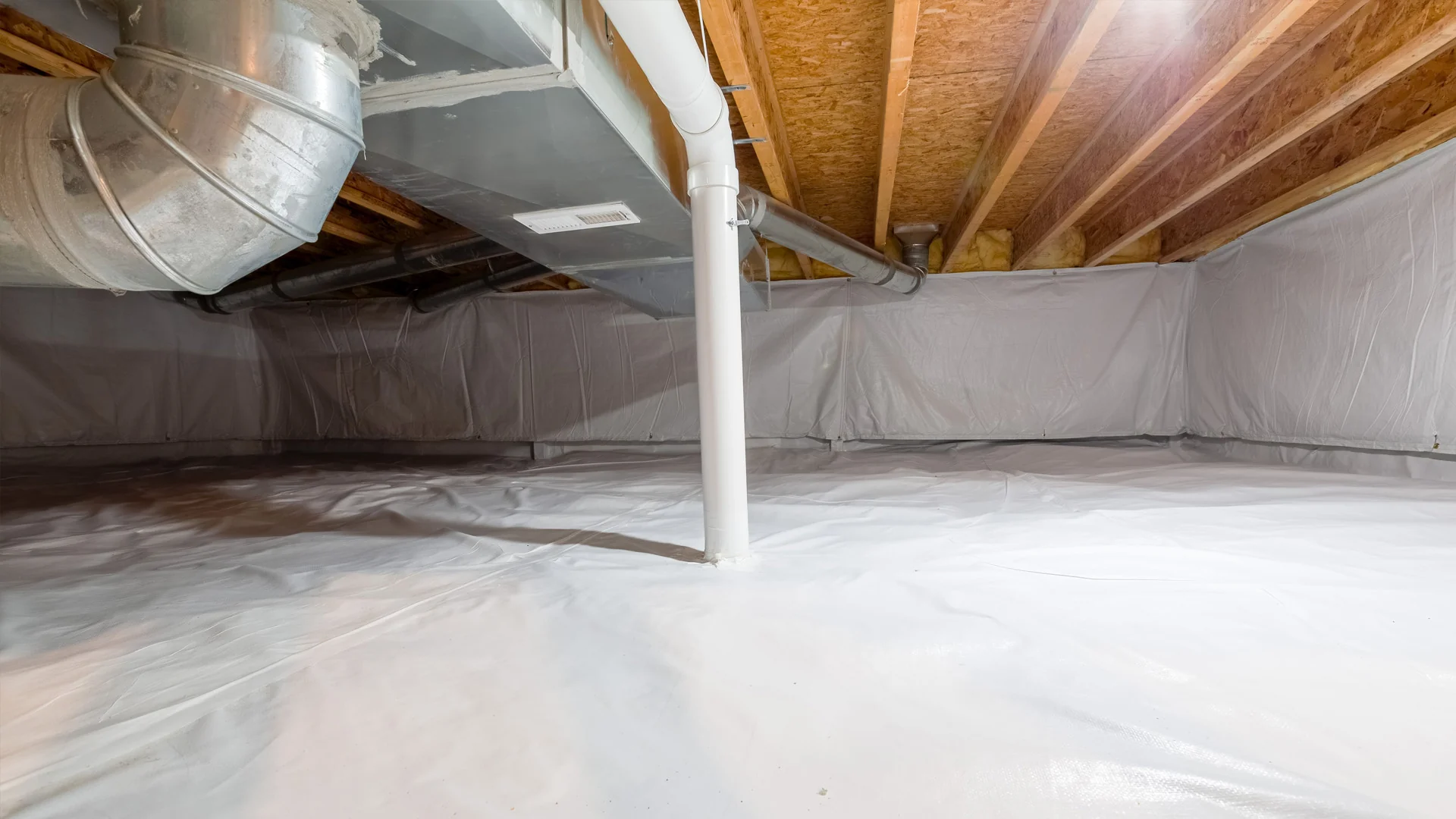
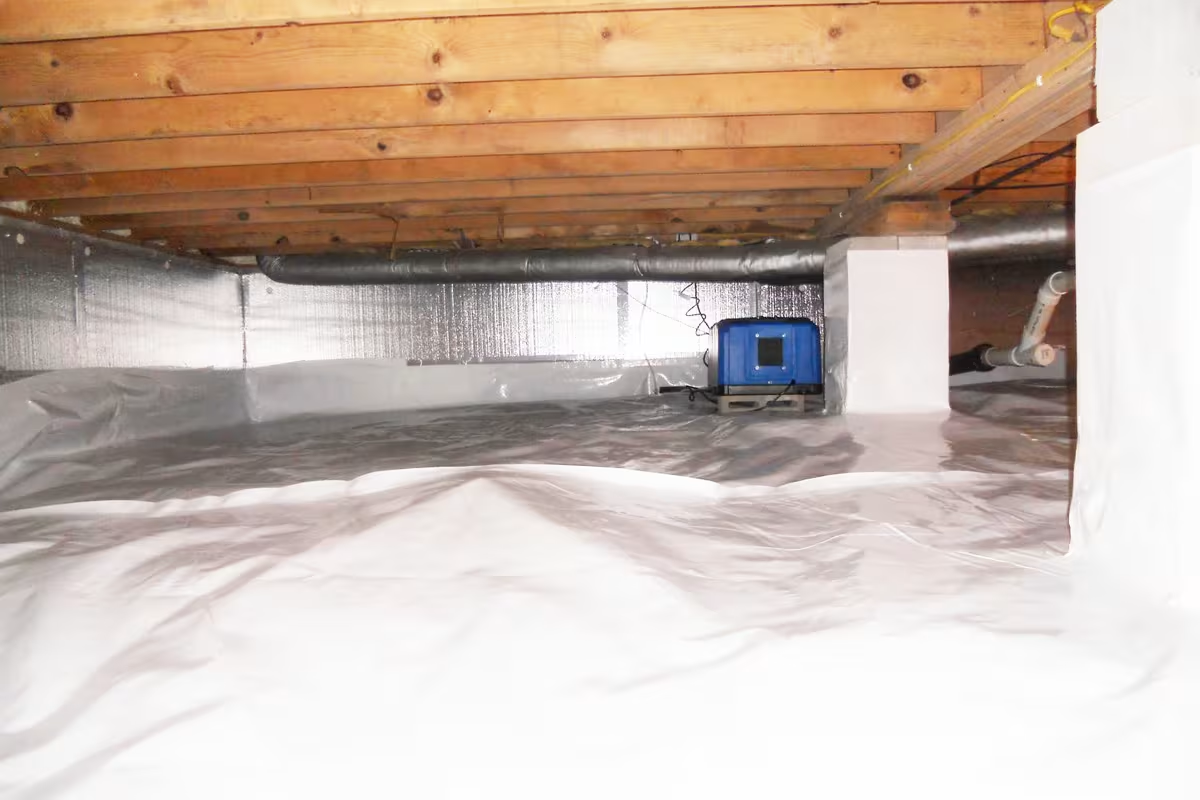
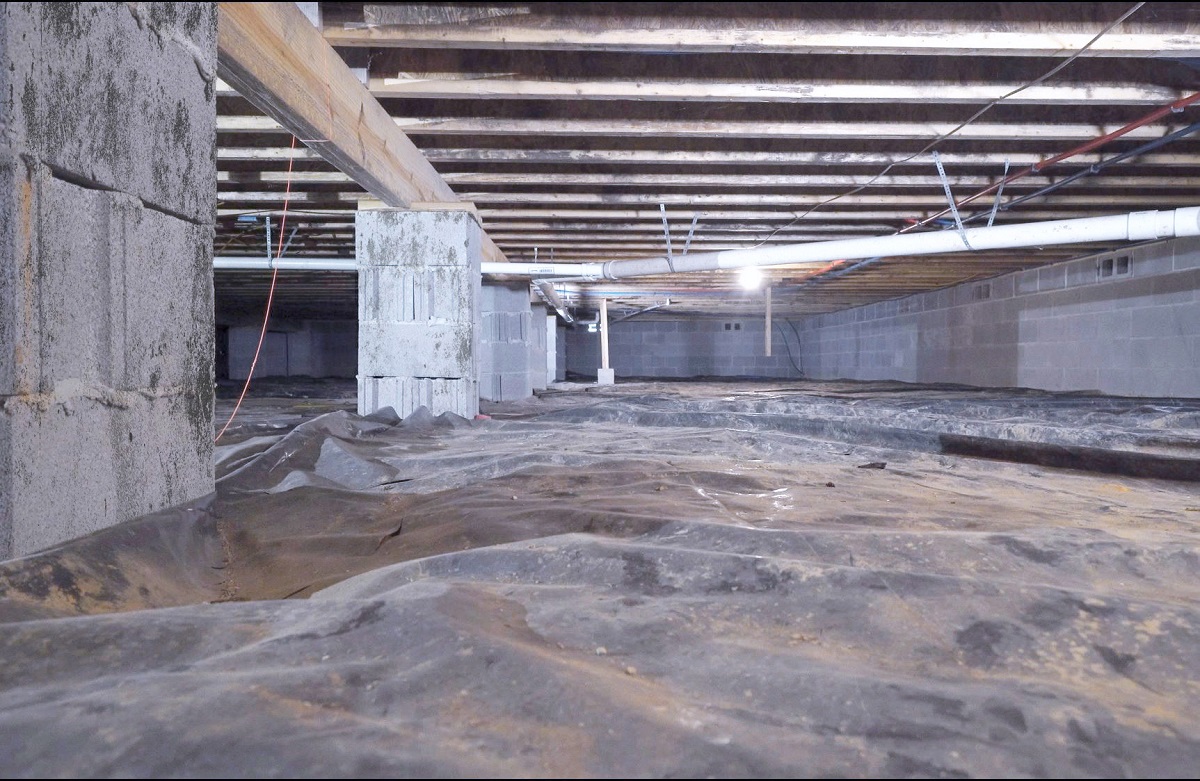
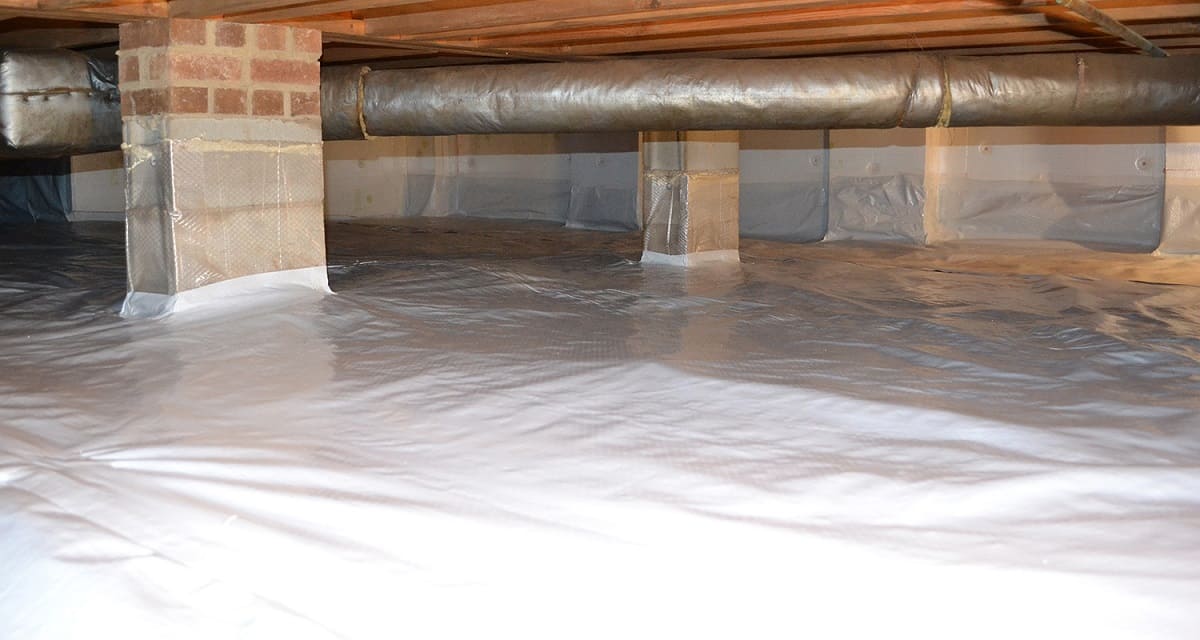
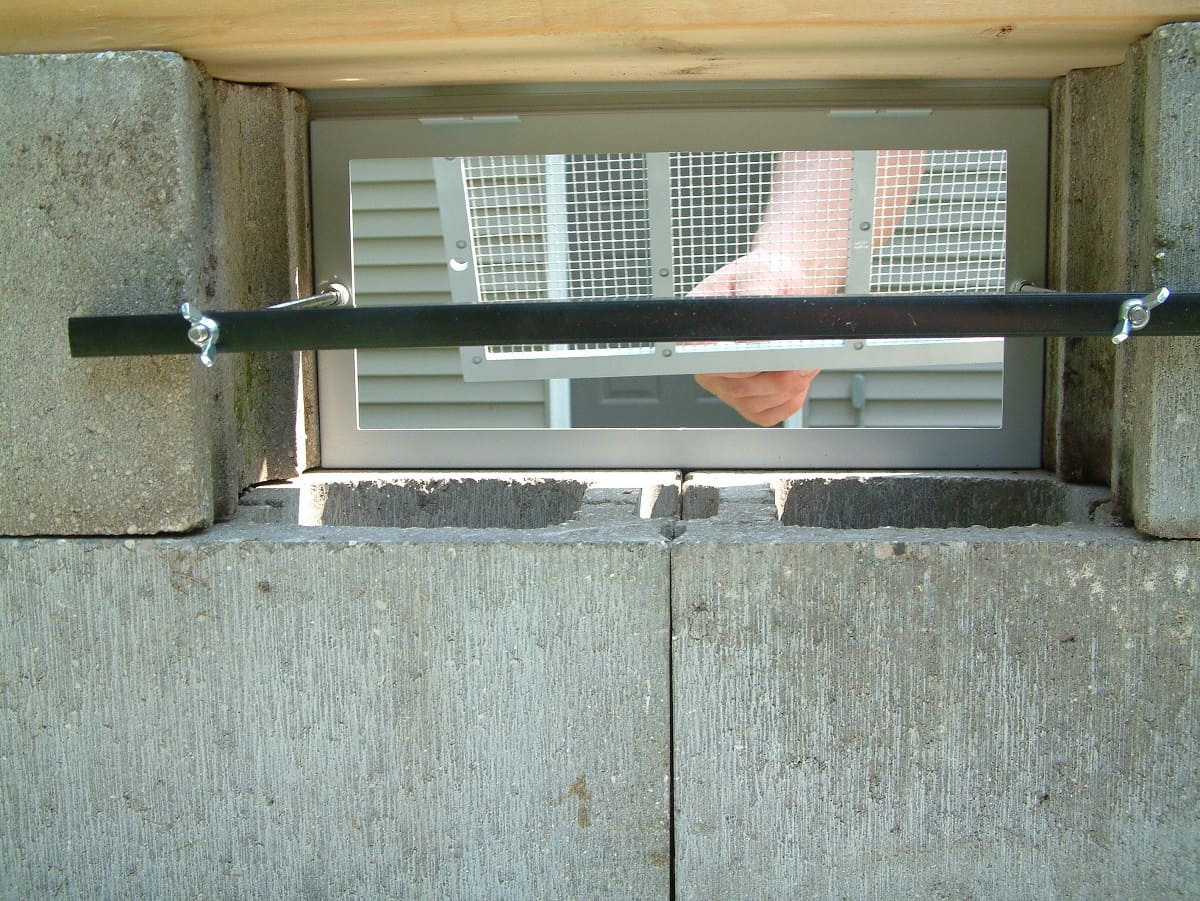
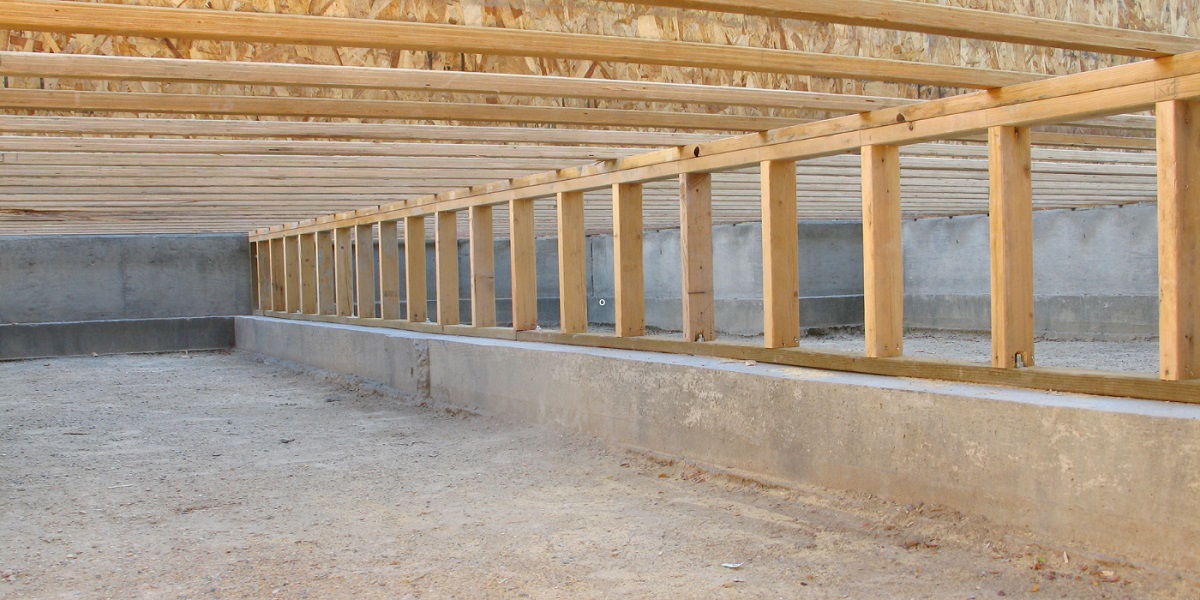
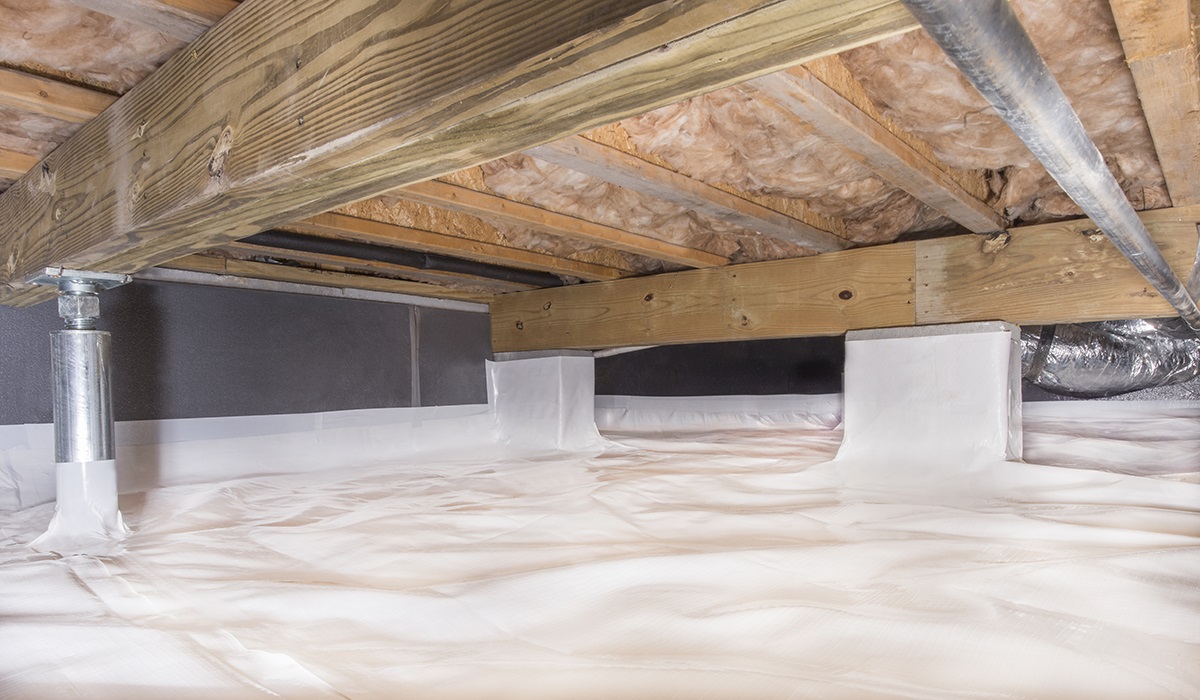
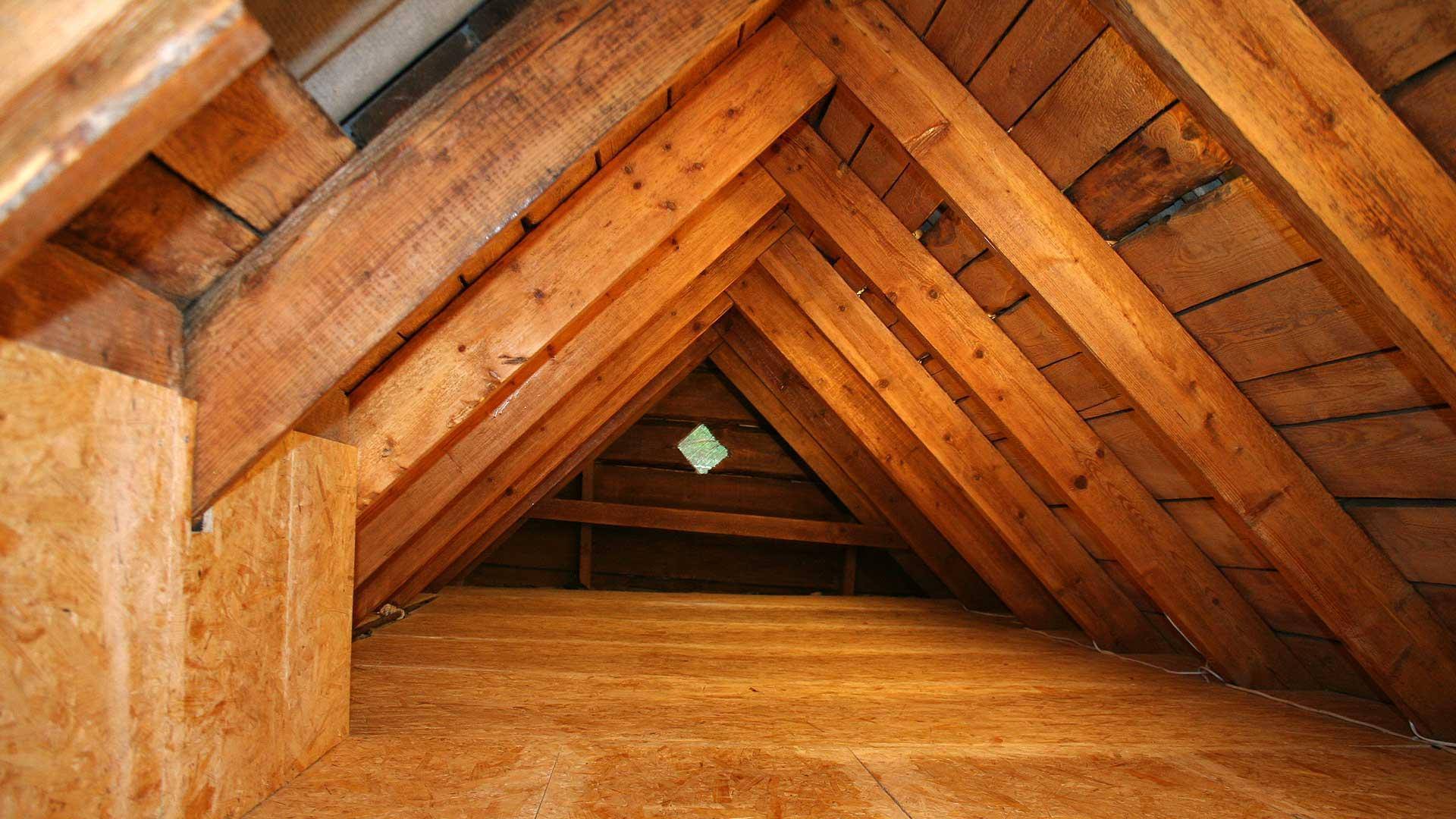
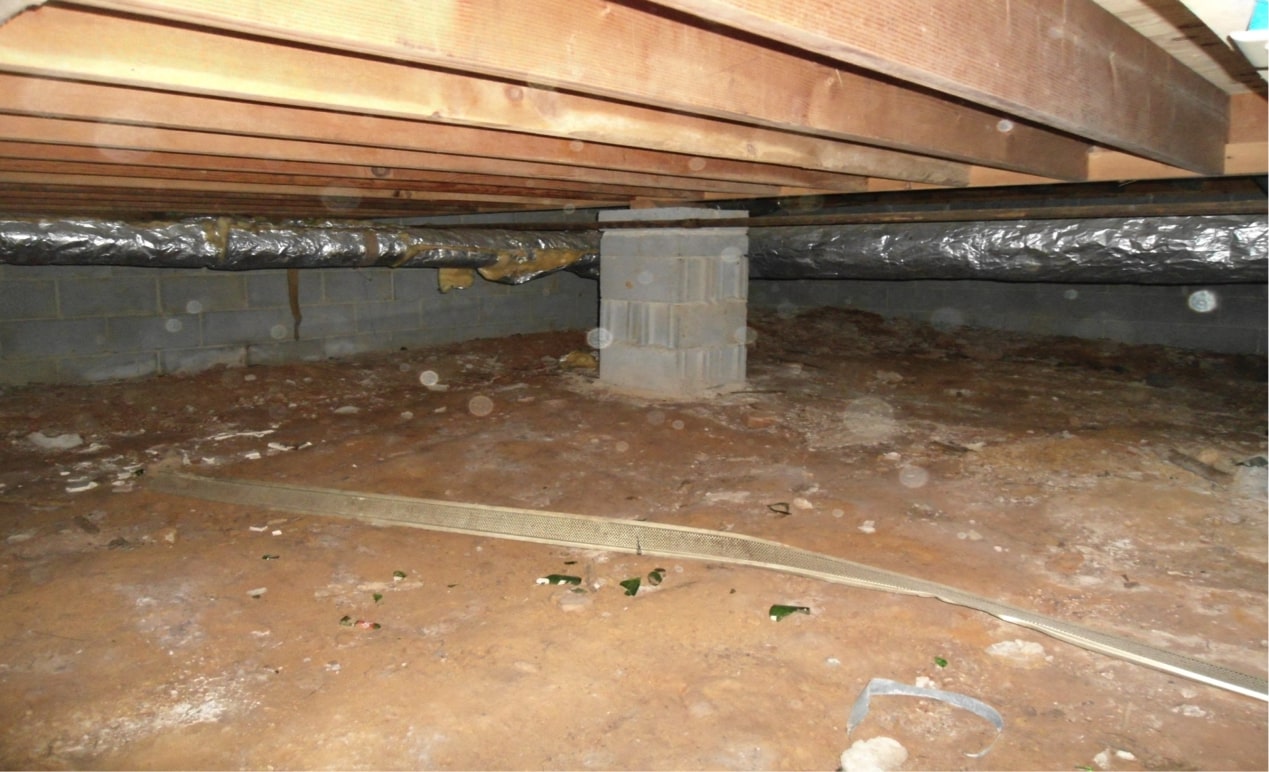
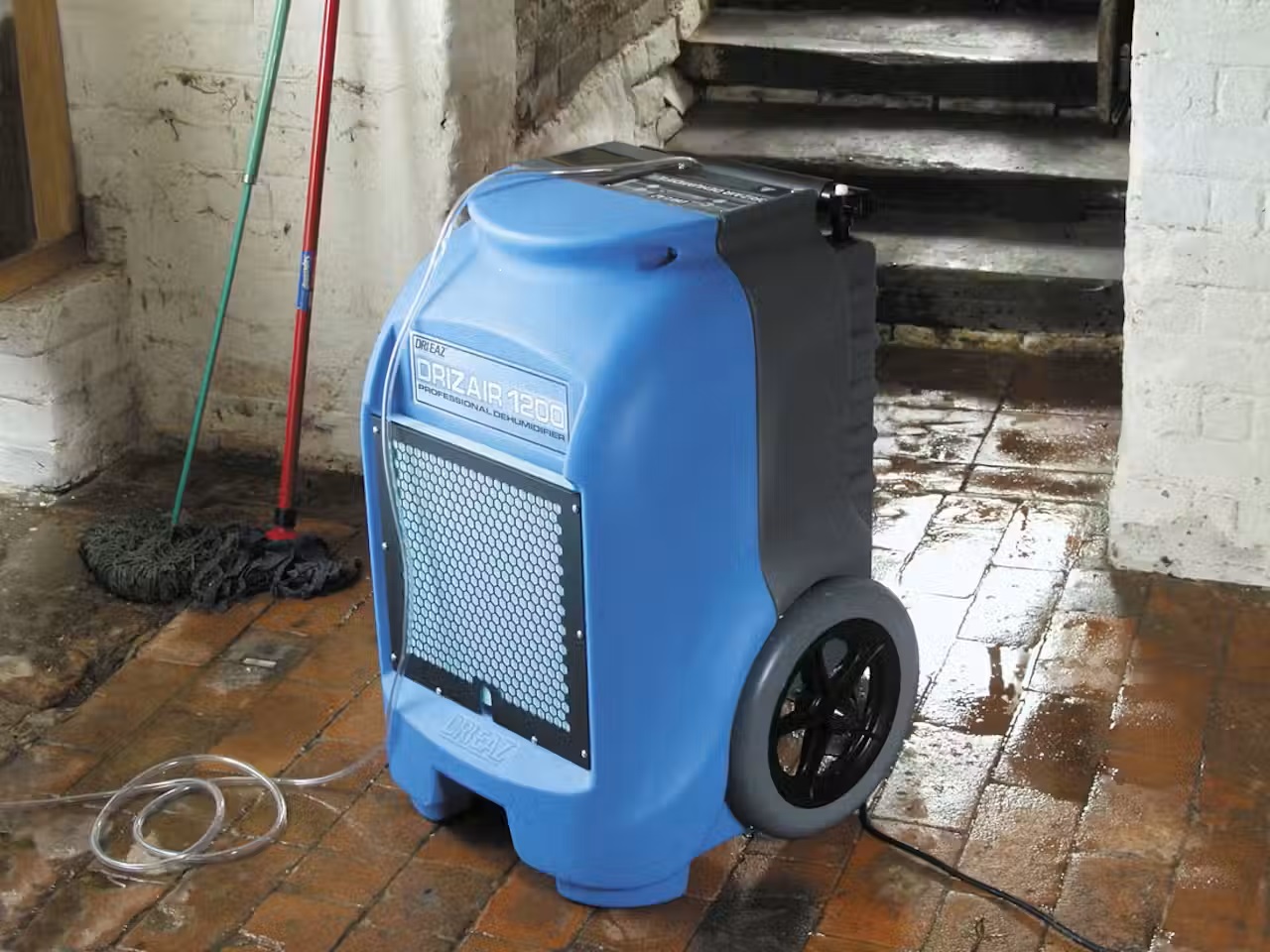
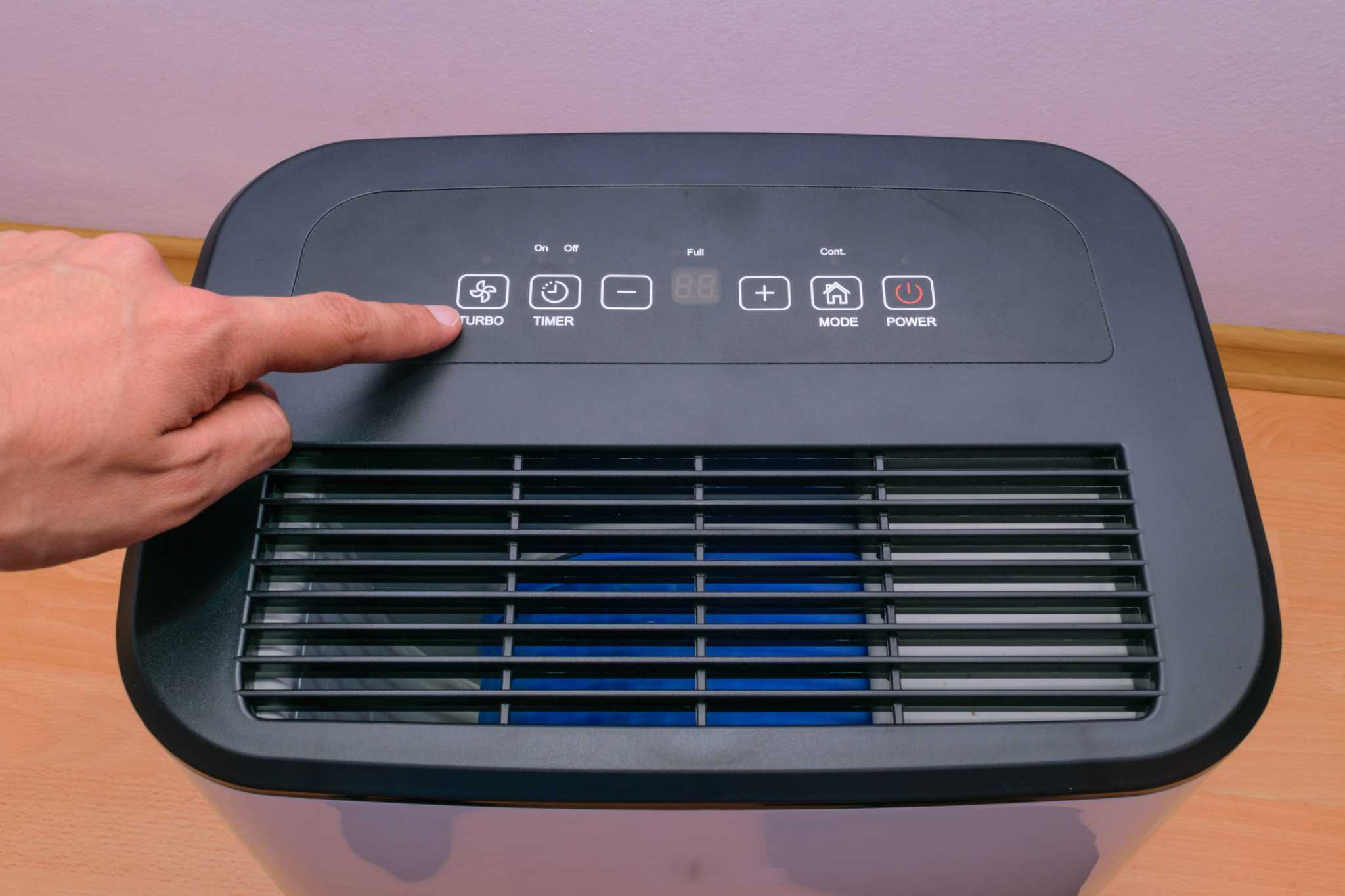
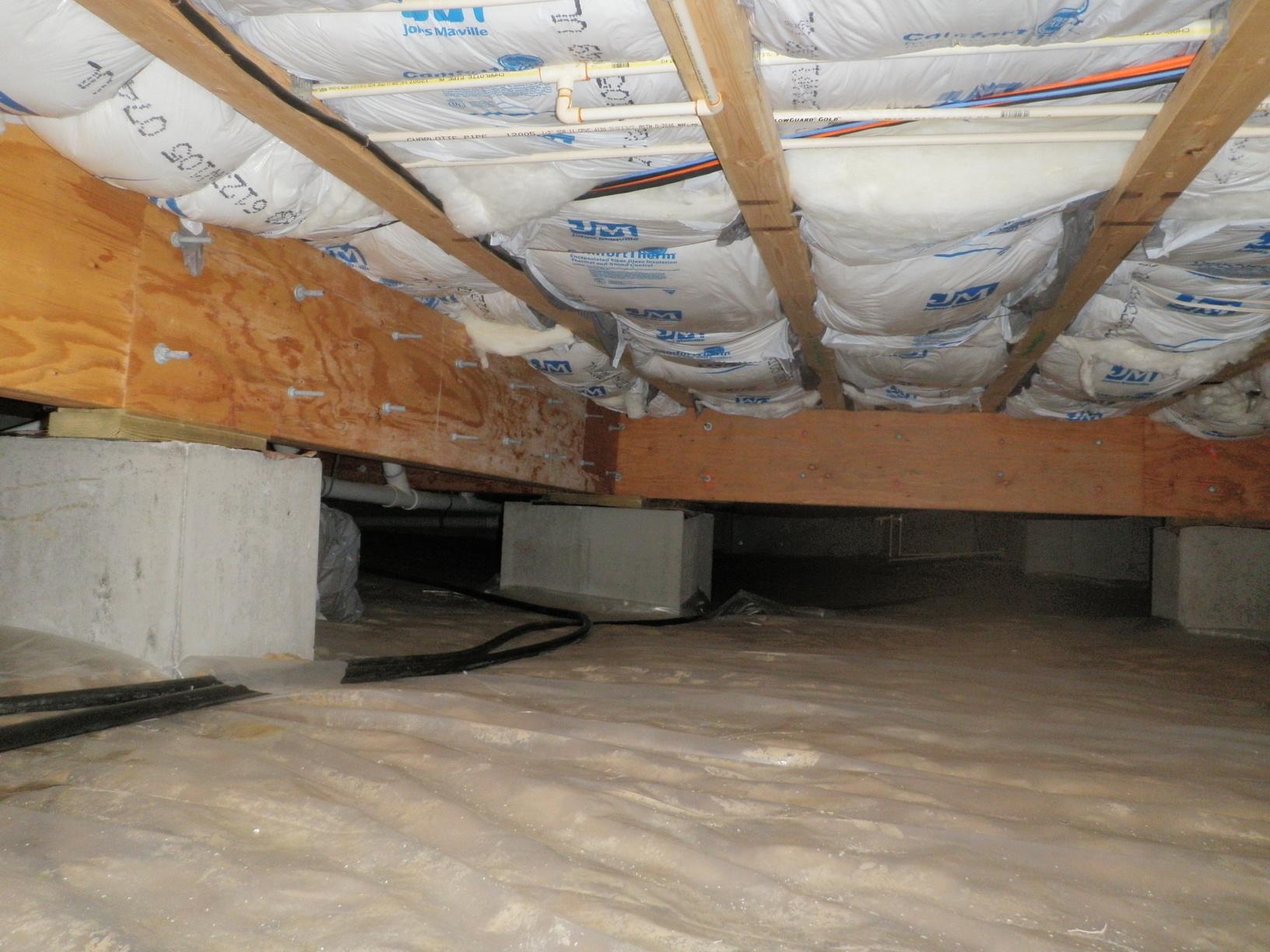
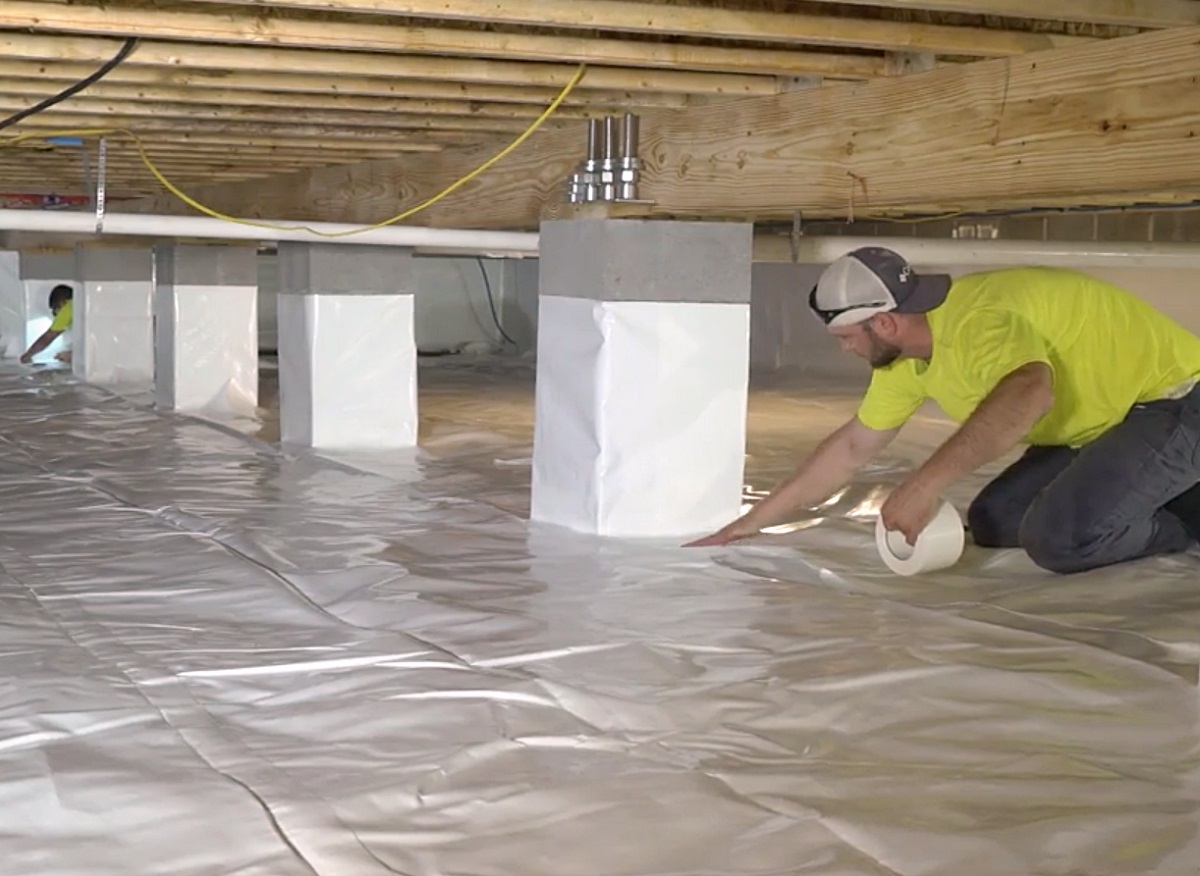
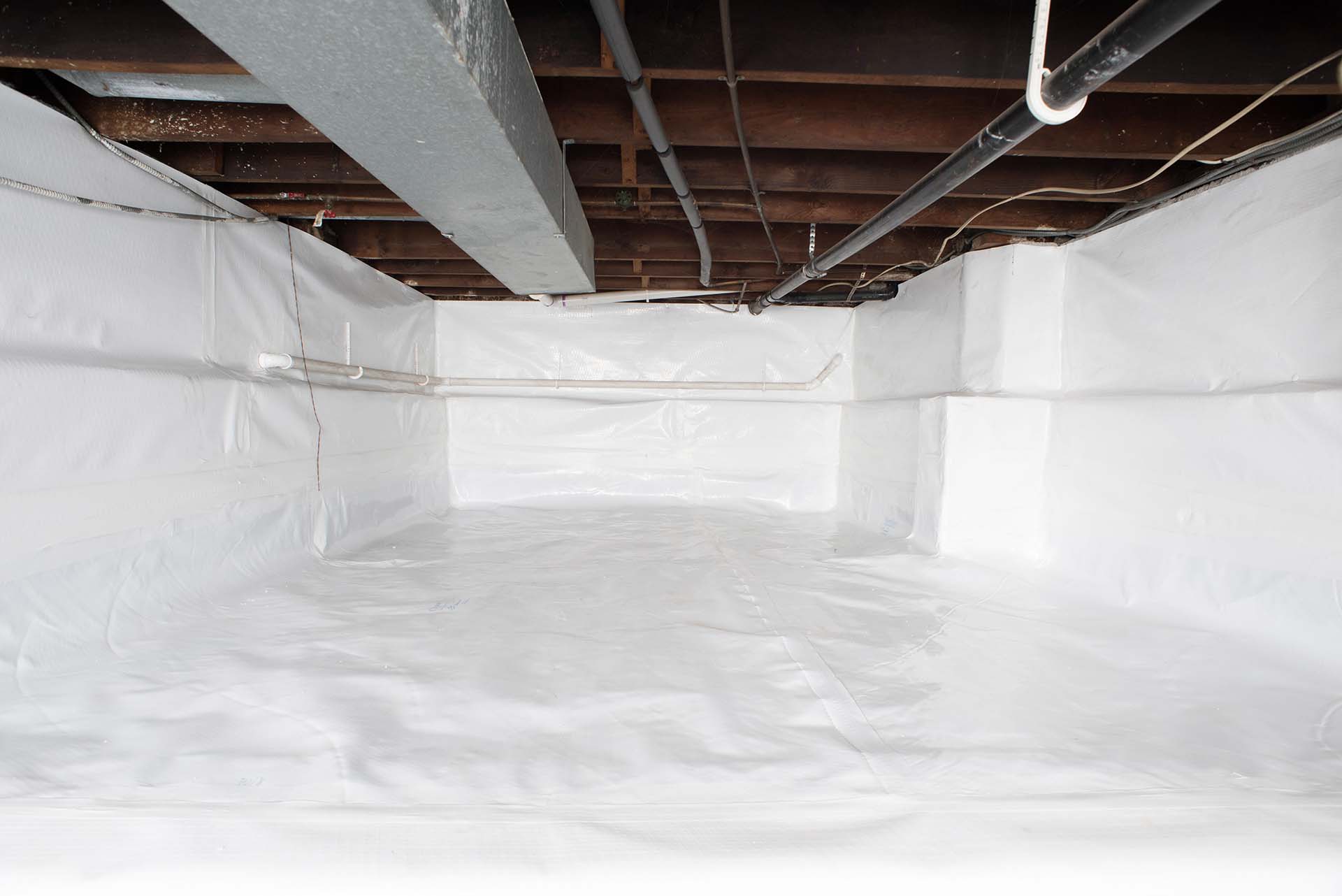

0 thoughts on “What Should A Dehumidifier Be Set At In A Crawl Space”